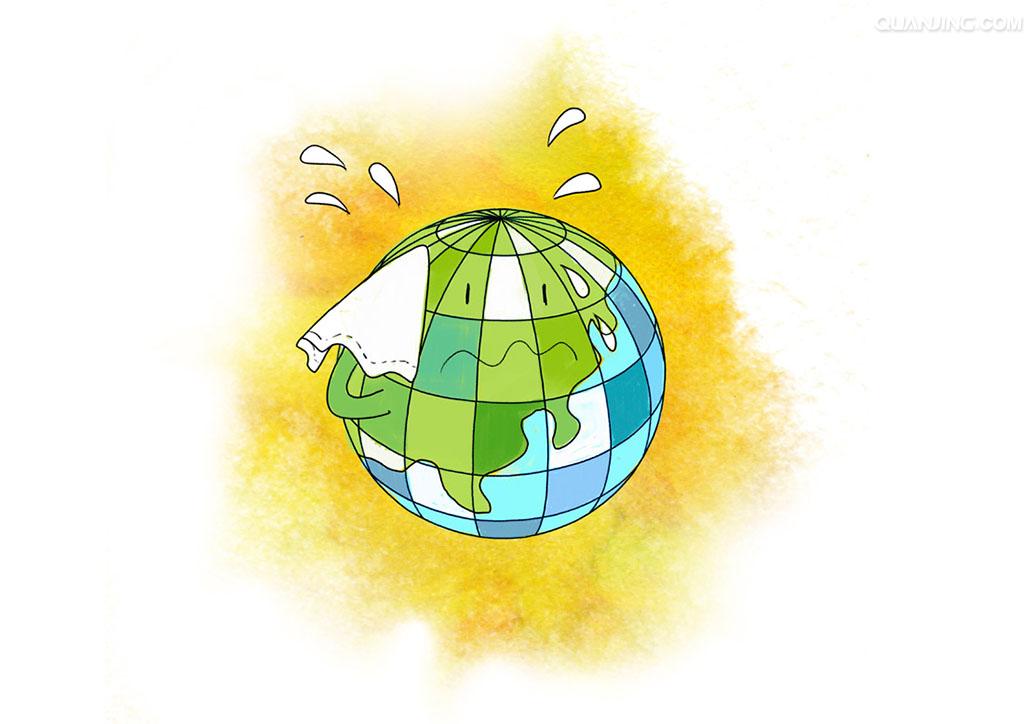Now the news continues.
The sweltering year of 1988 first put global warming in the headlines and ended up as the hottest year on record. But it has been pushed out of the top 20 warmest by 2013.
Last year tied for the fourth hottest and 1988 fell to 21st place.
The average world temperature was 58.1 degrees Fahrenheit, or 14.5 degrees Celsius, tying with 2003 for the fourth warmest since 1880.
That's according to the US National Oceanic and Atmospheric Administration.
At the same time, NASA, which calculates records in a different manner, ranked last year as the seventh warmest on record, with an average temperature of 58.3 degrees, or 14.6 degrees Celsius.
Scientists say the difference is related to how the two agencies calculate temperatures in the Arctic and other remote places and is based on differences that are in the hundredths of a degree.
Both agencies say nine of the 10th warmest years on record have happened in the 21st century. The hottest year was 2010.

The reports were released as a big snowstorm was hitting the U.S. East Coast.
Gavin Schmidt, deputy director of NASA's Goddard Institute of Space Studies in New York says there are times such as today when we can have snow even in a globally warmed world.
But, he says, the long term trends are not going to disappear.
Thomas Karl, director of NOAA's National Climatic Data Center in Asheville, North Carolina, says those longer trends show the world has seen "fairly dramatic warming" since the 1960s with "a smaller rate of warming over the last decade or so.
In the past 50 years, the world annual temperature has increased by nearly 1.4 degrees Fahrenheit, or 0.8 degrees Celsius.
Unlike 2012, much of the worst heat and biggest climate disasters last year were outside the U.S.
Parts of central Asia, central Africa and Australia had record warm spells. Only a few places, including the central U.S., were cooler than normal last year.












